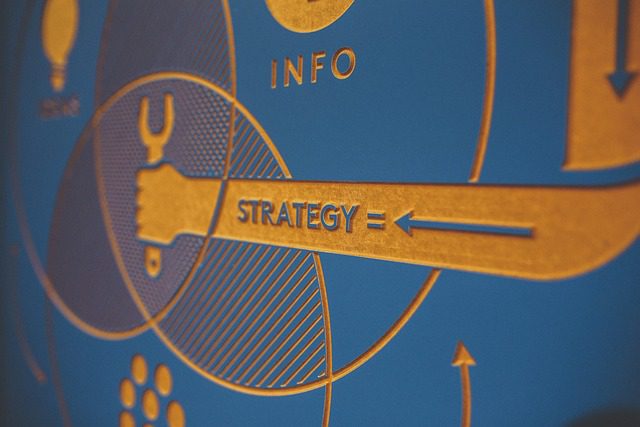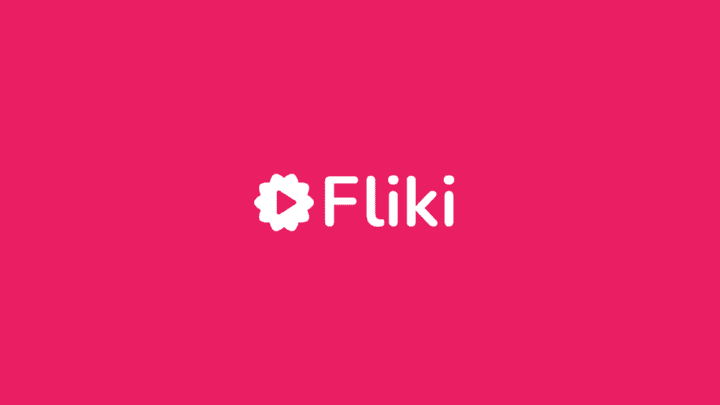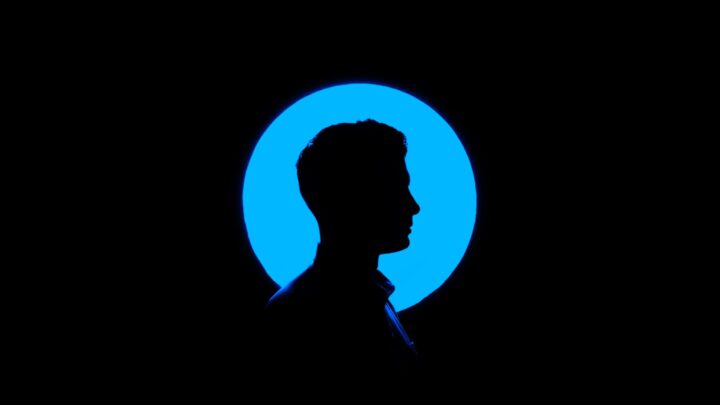Pricing is more than just setting a number; it is part of a comprehensive business plan that will impact consumer behavior, sales, and profitability. The psychology of pricing refers to the critical role that customers’ brains play in accurately valuing a product or service. Price correctly, and your revenue will increase, as will brand perception and consumer loyalty. But how do you price something?
Below, we’ll examine some of the psychology behind pricing, the optimal strategies for pricing products and services, and a few insights into how you can apply these principles in your business.
Understanding the Psychology of Pricing
Pricing is not about naming the price, but it’s about influencing consumer behavior in a way that will help achieve your business objectives. The psychology of pricing helps businesses create the right perception of value. Research proves that price influences how customers feel about a product, including its quality, its exclusivity, and even its desirability.
Why Pricing Matters
Imagine walking down the street and finding two coffee shops sitting next to each other. One sells his coffee for $2, while the other sells his coffee at $5. At first sight, you would imagine that the coffee in the $5 store would somehow be much better, at least because of the high price. This is an example of price perception. Generally, higher prices are equated with higher quality even if it is just the same product. In psychology, it goes by the name price-quality heuristic.
Conversely, if a product’s price is too low, you may question whether something is wrong with it. Perhaps it’s too good to be true. Prices can orient your customer’s expectations, create brand loyalty, and even encourage customers to make a purchase.
The Key Principles of Pricing Psychology
1. Anchoring: Anchoring is among the most powerful pricing psychology techniques. In other words, people have such a great tendency to perceive the latter as a good bargain if they see an initial high price and then a lower price because their brain “anchors” onto the higher price, which makes the lower price feel like an excellent deal.
Example: You can utilize this by selling a certain product for $50; perhaps you had it listed earlier for $100. You advertise it at a new price of $50 with a tag saying, “Was $100, Now $50.” He or she is more than likely to perceive the product as highly valuable because of the huge discount in price that it took. That higher price is an anchor.
2. Decoy Pricing: Decoy pricing is the concept where you bring in a third option to gently nudge customers toward one particular choice. Perhaps you sell three different products at different price points, but the middle one becomes priced in such a way that it seems a lot when it’s positioned against the third expensive option.
Example: Suppose a product is being sold at three different price points:
- Small size: $10
- Medium size: $15 Best value!
- Large size: $30
The medium option is seen as the best deal because it’s only slightly more expensive than the small one, but much cheaper than the large one. By introducing the large, expensive product, you’ve made the medium product seem like a bargain.
3. The Power of Odd Pricing: This is probably the most general form of psychological pricing. One must have known the fact that most of the products are priced at $9.99 instead of $10. Why? Because we are wired to perceive prices ending in “.99” as being significantly lesser than the next whole number.
This is called a charm pricing or psychological pricing strategy. For example, a price of $9.99 seems much more reasonable than $10, although it is just one cent cheaper. This subtlety of difference in perception can drive purchases, especially for low- to mid-tier products.
4. Scarcity and Urgency: People simply like to get their hands on things that are scarce or short in supply. The scarcity or an urgent need around something will motivate potential customers to make a purchase now.
Example: Scarcity like “Only 2 left in stock” or “Offer ends in 24 hours” can have a great impact on buying behavior. There is a fear of missing out on consumers, and they would want to make the purchase as soon as possible. Scarcity creates FOMO, which suggests taking immediate action.
5. Bundle Pricing: Everybody loves the idea of feeling they are getting their money’s worth. One approach is bundle pricing, where you take multiple products and put them together for sale at a lower price than it would have cost if bought individually.
Example: Imagine your local grocery store has a “Buy 1 Get 1 Free” offer. What this does is not only give the customer the urge to buy more but also add value to the product in the minds of customers because they think they are getting something for free.
6. Prestige Pricing: Prestige pricing involves charging a premium price for something because it is exclusive and very high quality. This works very effectively for luxury brands. Many consumers still operate under the principle that the more expensive something is, the better quality it must be.
Example: Louis Vuitton and Rolex are two of the most obvious examples of prestige pricing. The products are not just functional items; they are status symbols and reflect a high level of quality. The prices create a perception of high quality.
7. Price Lining: Price lining involves offering several versions of a product at different price points, usually with incremental features or quality. This allows customers to feel like they are getting options but also helps them select a price range that fits their budget.
Example: A software company might offer three versions of their product:
- Basic Plan: $5/month
- Pro Plan: $15/month
- Premium Plan: $30/month
Each of these versions offers different features and the price difference can accommodate different customer segments. Price lining is a simple way of segmenting your audience while maximizing potential revenue.
How you display the price can also affect perception.
Table: Examples of Effective Price Presentation
| Strategy | Example | Psychological Impact |
| Charm Pricing | $4.99 instead of $5.00 | Makes the product feel less expensive. |
| Bundle Offers | “Buy 1, Get 1 Free” | Creates a sense of getting more value. |
| Scarcity | “Only 3 left in stock!” | Prompts quick decisions to avoid missing out. |
| Anchoring | Show $100, then $50 for sale. | Makes $50 feel like a bargain. |
The Role of Personal Anecdotes in Pricing
One of the most enlightening experiences regarding pricing was when I first launched a small e-store. I initially set my prices by calculating the cost of goods and adding a markup. Gunning for profitability, the sales just would not come through. It wasn’t until I researched pricing psychology that I realized the emotional side of pricing had taken flight over my head.
I started odd pricing for most products, changing them to $9.99 and $19.99; I also began to offer bundles and limited-time discounts. And it was night and day. Not only did the sales increase, but customers were now more likely to buy higher-ticket items they might have otherwise passed on. The emotional appeal of the pricing strategies I applied made a huge impact.
Building Your Pricing Strategy
While developing the pricing strategy, one must balance psychological principles and business realities. Here is a simple roadmap to building a pricing strategy that works:
| Strategy | Description | Example |
| Value-Based Pricing | Price is based on perceived value to customers. | Apple products, where customers pay a premium for the brand value. |
| Cost-Plus Pricing | Markup is added to the cost of production. | Most traditional retailers use this method. |
| Penetration Pricing | Setting a low price to attract customers quickly. | New streaming platforms offer discounted plans to gain subscribers. |
| Skimming Pricing | Setting a high price initially, then gradually lowering it. | Popular video games are released at high prices, dropping over time. |
| Psychological Pricing | Pricing is designed to influence perception. | $9.99 instead of $10, or bundling products for a “deal”. |
Pricing psychology entails far more than simply choosing a number. It’s about knowing how customers perceive value, how they make decisions, and what emotional triggers motivate them to buy. With the appropriate price plan, you may not only raise sales but also improve your brand image and client loyalty.
By experimenting with pricing tactics such as anchoring, decoy pricing, and charm pricing, you may understand consumer psychology and optimize your pricing for optimum impact.































Leave a Review